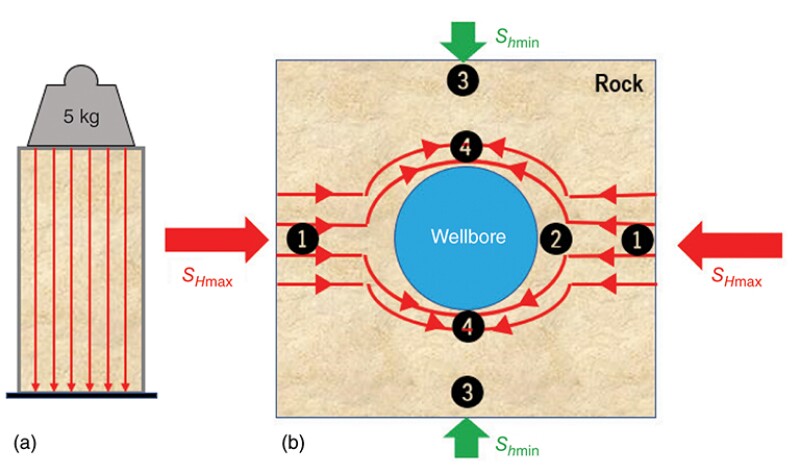In 1D geomechanics projects, calibration of stress is extremely important in the construction of a valid mechanical earth model (MEM). The effective minimum horizontal stress (Shmin) data usually are available from traditional measurements, but these have a few deficiencies. The complete paper presents a technique for deriving stresses in which the radial variation of acoustic velocity from an advanced dipole sonic logging tool is inverted to obtain stress. These derived stresses are then used to calibrate the 1D MEM for a gas storage field.
Regional Geology
The field is in the Otway Basin in Western Victoria. Gas is trapped in the Late Cretaceous Waarre formation at depths between 1155 and 1200 m subsea.
×


Continue Reading with SPE Membership
SPE Members: Please sign in at the top of the page for access to this member-exclusive content. If you are not a member and you find JPT content valuable, we encourage you to become a part of the SPE member community to gain full access.

